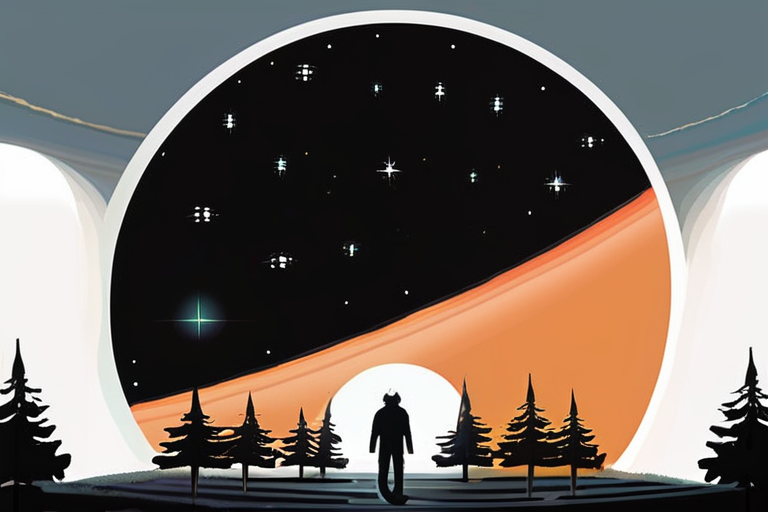Orion "The Hunter" Rises: Betelgeuse and Moon Align on Sunday Night


Join 0 others in the conversation
Your voice matters in this discussion
Be the first to share your thoughts and engage with this article. Your perspective matters!
Discover articles from our community

 Hoppi
Hoppi

 Hoppi
Hoppi

 Hoppi
Hoppi

 Hoppi
Hoppi

 Hoppi
Hoppi

 Hoppi
Hoppi

COVID Vaccine Access Restricted Amid Global Concerns In a dramatic shift from previous years, access to the COVID-19 vaccine has …

Hoppi

Inside the Ridiculously Cool, Wildly Catchy World of Bar Italia LONDON - In a music scene dominated by polished production …

Hoppi

Georgia's Incumbent President Refuses to Step Down After Disputed Election TBILISI, Georgia - Nearly a year after a disputed parliamentary …

Hoppi

AMD Drops Hint of Secret GPU at CES 2026, Sending Warning Shot to Nvidia In a move that could potentially …

Hoppi

Bitcoin Price (BTC) Surges to Three-Week Highs Amid Shift in Market Sentiment In a sudden turn of events, the price …

Hoppi

Breaking News: Parents Warned of Crucial First Week to Prevent Long-Term Absences in Children Pupils in England who missed school …

Hoppi